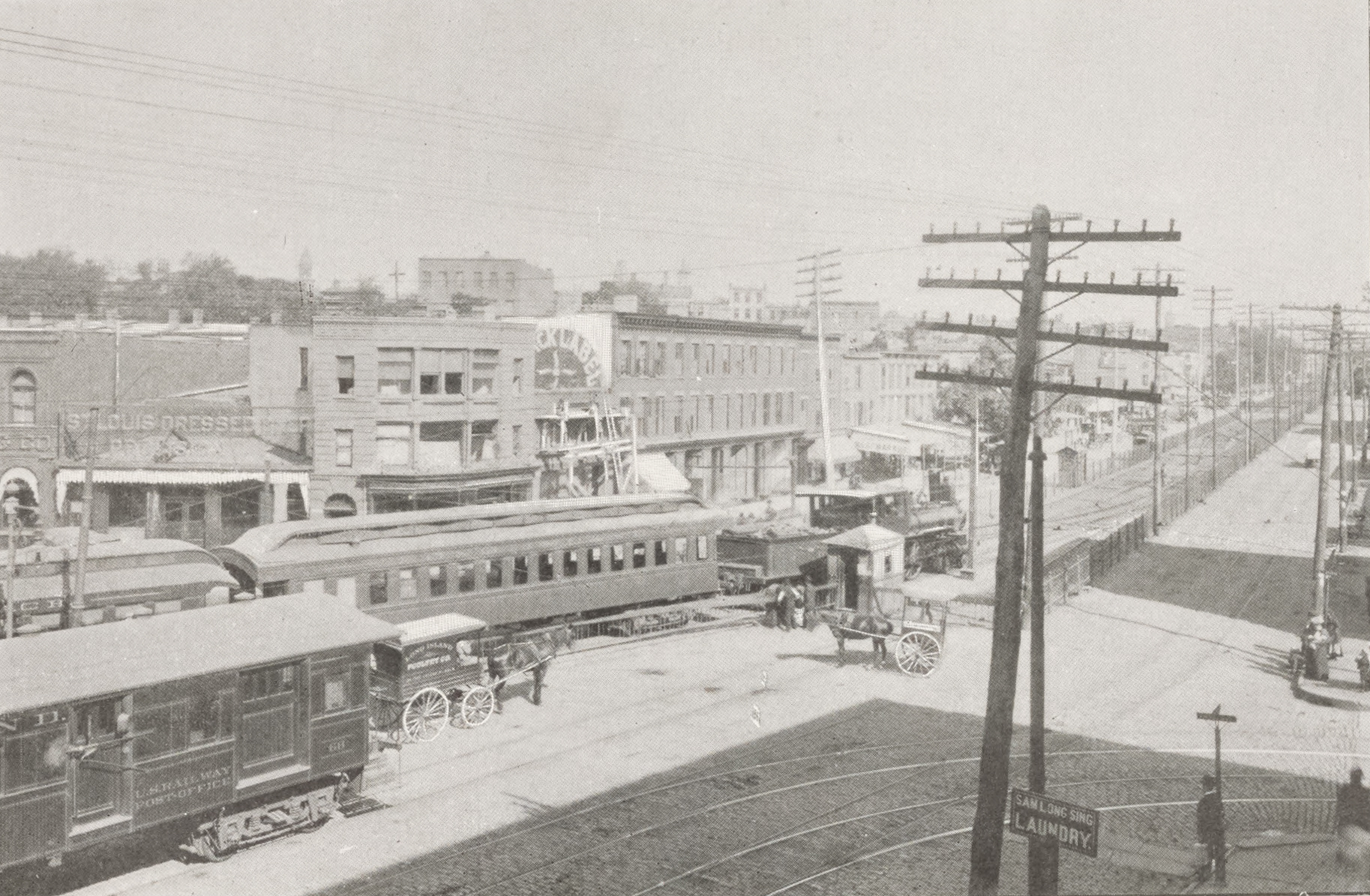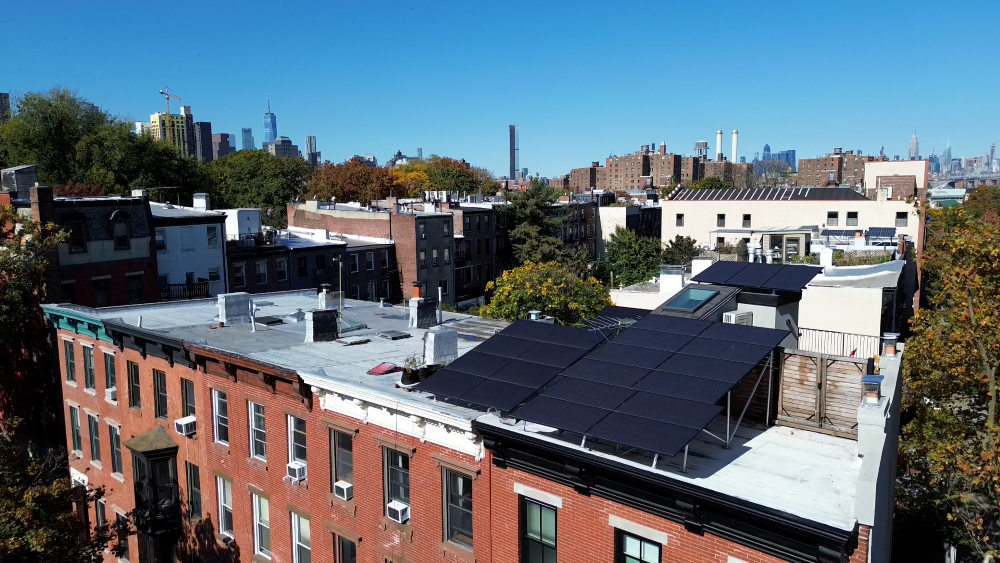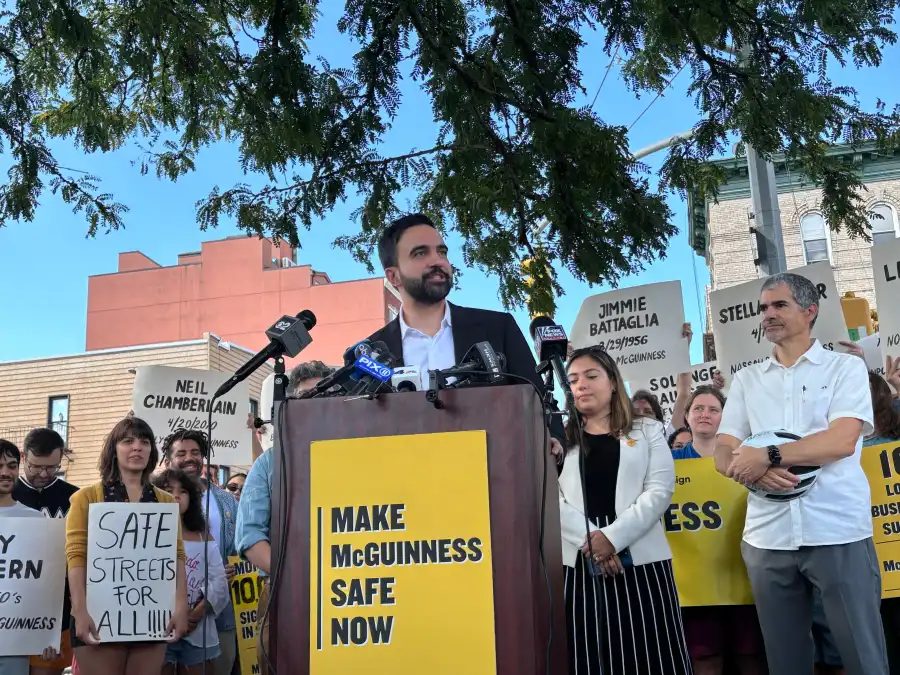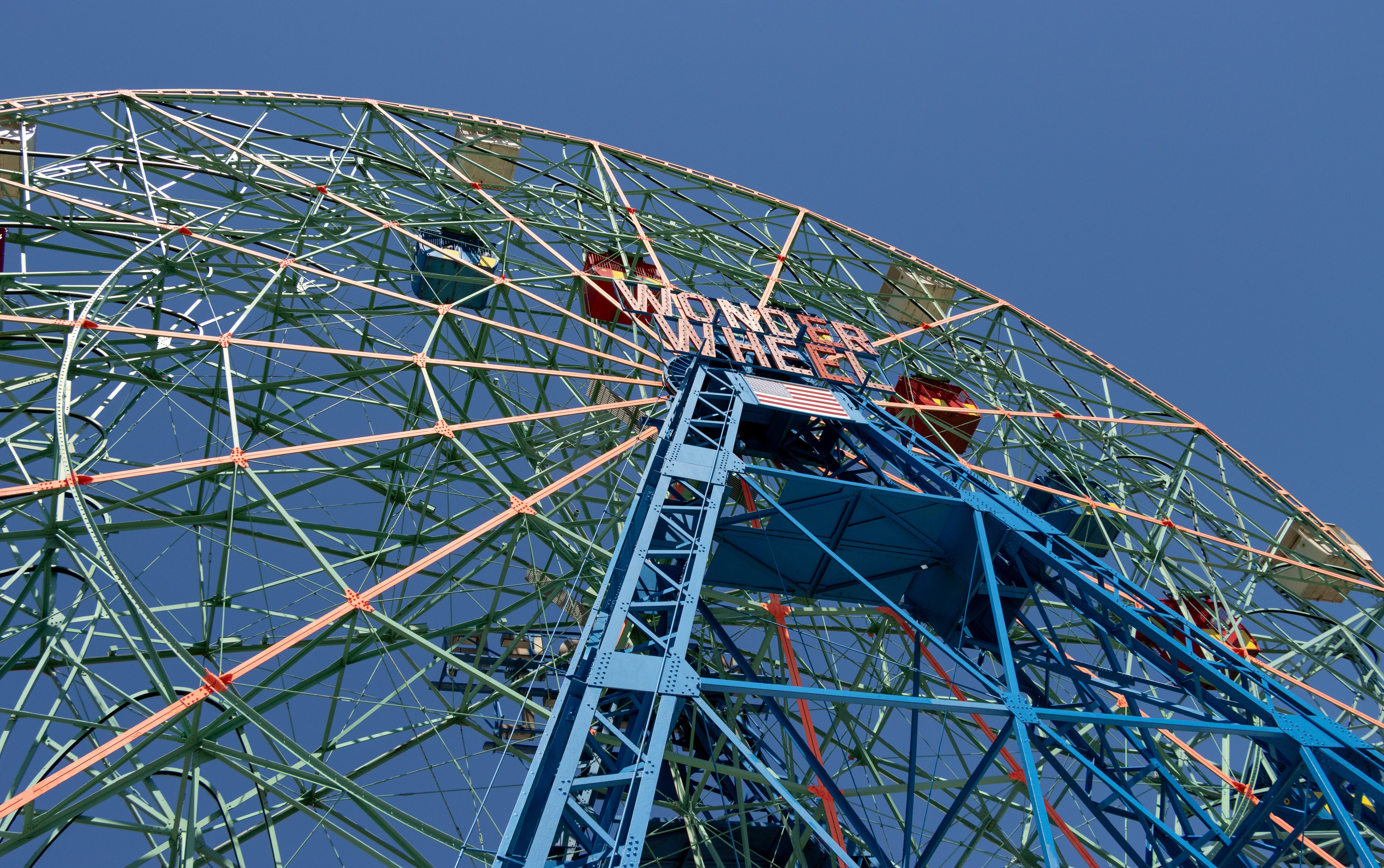An Ode to Vinyl Siding
Park Slope has its brownstones, Williamsburg its vinyl siding. To me, it’s more of a, like, bourgeois town over there, a Williamsburg renter says of brownstone Brooklyn, in this NY Times article about how vinyl siding characterizes Williamsburg homes. While it isn’t always beloved, some think vinyl siding is a testament to Williamsburg’s working class…


Park Slope has its brownstones, Williamsburg its vinyl siding. To me, it’s more of a, like, bourgeois town over there, a Williamsburg renter says of brownstone Brooklyn, in this NY Times article about how vinyl siding characterizes Williamsburg homes. While it isn’t always beloved, some think vinyl siding is a testament to Williamsburg’s working class tradition, an authentic piece of history in the neighborhood. It’s not the most beautiful thing, but it’s real, said real estate broker and investor Lewis Canfield. It’s authentic. It’s tied to the history of the neighborhood. The siding is also practical and because it receives very little upkeep it remains untouched for decades. A commenter in Greenwood Heights weighs in in this City Room discussion: “To all the haters out there, embrace the love that is vinyl! Certainly more historically authentic to many parts of Brooklyn (and beyond) that re-brownstoning or rebricking a home or adding wood lap back in the picture. Metal? Iinteresting, perhaps standing seam…but while my 1880’s frame, wood lap covered by shingles and vinyl, may never be hip, it is real for my Greenwood Heights neighborhood and my household’s budget.”
Vinyl Siding Holds its Appeal to Some in Brooklyn [NY Times]
Photo by The Lizness





Vinyl siding is the past, Stainless steel siding is the future for Greenpoint
“I’ll agree with Montrose. As much as I hate the vinyl claptrap cladding, I’d much rather take it over the soulless condo. ”
Do you realize how stupid that sounds? 1st of all “condo” is simply a type of ownership – it has no architectural meaning. further, you’d rather have vinyl sided, wooden crap traps than a new attractive well designed building (lets say for argument) – of equal density?
It is plain stupid. I mean the vast majority of these houses have no architectural quality – they are boxes encased in plastic, they usually contain nothing of note on the interior, unless you love linoleum flooring and popcorn ceilings, they are not and were not particularly sturdy construction and they do not offer their occupants anything special in terms of air, space or comfort.
There is no greater example of people simply fetish-izing the past/old stuff then this…
DIBS/CMU: 2-3k/year is for amortized repointing/re-brownstoning. Brownstone is simply not a durable material, and between landmarks, scaffolding, and NYC’s weather, it is very expensive to replace and repair. It also looks really ugly unless you tint-match it perfectly, so most homeowners wait until it gets really deteriorated before replacing it.
Vinyl was sold with the idea of reducing maintenance costs, and, by and large, it has succeeded.
We really need to reform Landmarks to make NYC affordable.
I don’t disagree, mopar. But there is a standard way so many of us have done our hardi clapboard + trim re-sidings. A bunch together look quaint, but that doesn’t mean they look like it was. All kinds of siding and siding patterns back then, plus all kinds of gingerbread, and the paint palette was much different then. Many of the most pleasing colors today that look so nice and old fashioned to our eyes were probably not commercially available. And wood only lasts so long, so even the tax photos don’t tell you what the house looked like 60 years earlier.
The block pictured above is all originally residential multi-family housing. They were probably built in the 1890s and very likely they had some gingerbread details.
>$2k-3k per year.
DIBS, don’t you think that’s close to a yearly nut for a brownstone exterior…ie, 25-35k every say 25 years for repointing and maintenance? Well, that’s 1k but still.
“a homespun clapboard era of quaintness that may not have really existed in the burg”
If you look at old photos of Williamsburg, you see a lot of very plain wood frame buildings that were used for such things as stables, storage facilities, workshops, and factories. They were not residential. But they are still quaint, more so than vinyl siding, just like a barn or stable is quaint.
Ah!
“Miss Heather, I do believe you’re quoted in the NYT article. Is that you?”
no, miss heather is the crazy (awesome) newyorkshitty girl!